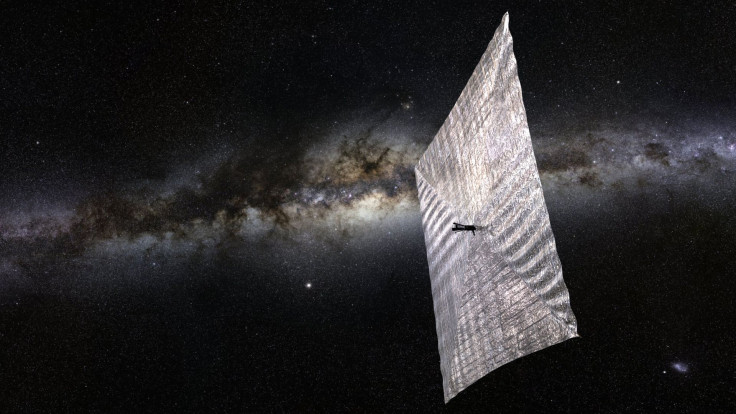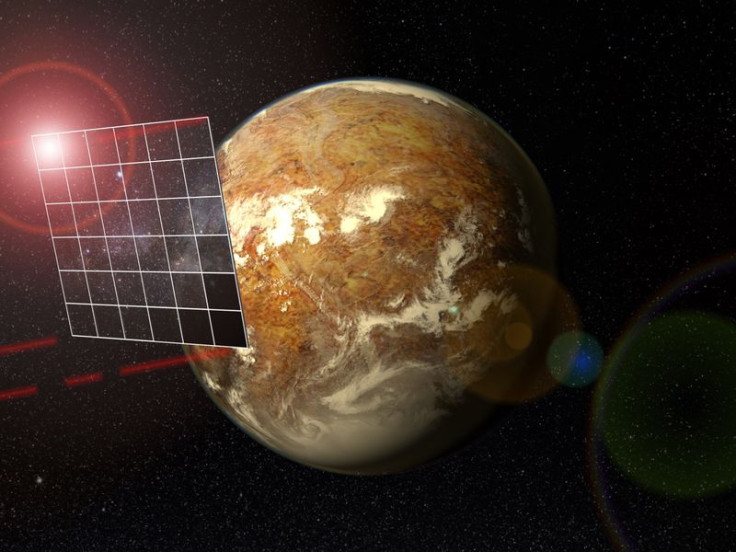Spacecraft That Will Sail On Sunlight To Launch This Month

The Planetary Society is preparing for the debut launch of the LightSail 2, a small spacecraft designed to fly in orbit using energy derived from sunlight. It will launch as a payload of SpaceX Falcon Heavy on June 22.
According to The Planetary Society, a non-profit organization co-founded by renowned astronomer Carl Sagan in 1980, the purpose of the LightSail 2 project is to demonstrate the use of sunlight energy for propulsion.
In a recent statement, the organization noted that the spacecraft only weighs about 5 kilograms and is about as big as a loaf of bread. Once in space, LightSail 2 will deploy a large solar sail that’s as big as a boxing ring, allowing solar photos from the sun to propel the tiny spacecraft.
LightSail 2’s objective altitude using solar power will be 720 kilometers from Earth. This will put the spacecraft more than 300 kilometers over the International Space Station’s current altitude.
The upcoming launch of LightSail 2 will mark the 10th anniversary of the project. Moreover, it will serve as a major step in the completion of the Planetary Society’s goal of exploring the solar system using alternative energy.
“Forty years ago, my professor Carl Sagan shared his dream of using solar sail spacecraft to explore the cosmos,” Bill Nye, the CEO of the organization said in a statement. “The Planetary Society is Realizing the dream.”
LightSail 2 is expected to enter space aboard the SpaceX Falcon Heavy later this month. It will be part of the U.S. Department of Defense’s Space Test Program – 2, which aims to release 24 spacecraft in different orbits, according to Space.com.
LightSail 2’s predecessor, the LightSail 1, was launched on May 20, 2015 through the U.S. Air Force’s orbital test vehicle Boeing X-37. During its mission, LightSail 1 experienced various issues related to its software and communication capabilities. Despite these, the experimental spacecraft was still able to complete its objectives.
Following the tests conducted on the first spacecraft, The Planetary Society is hoping that LightSail 2 will be more successful than its predecessor. If everything goes well, it could serve as the stepping stone for future space missions that will rely on solar power.

© Copyright IBTimes 2025. All rights reserved.





















